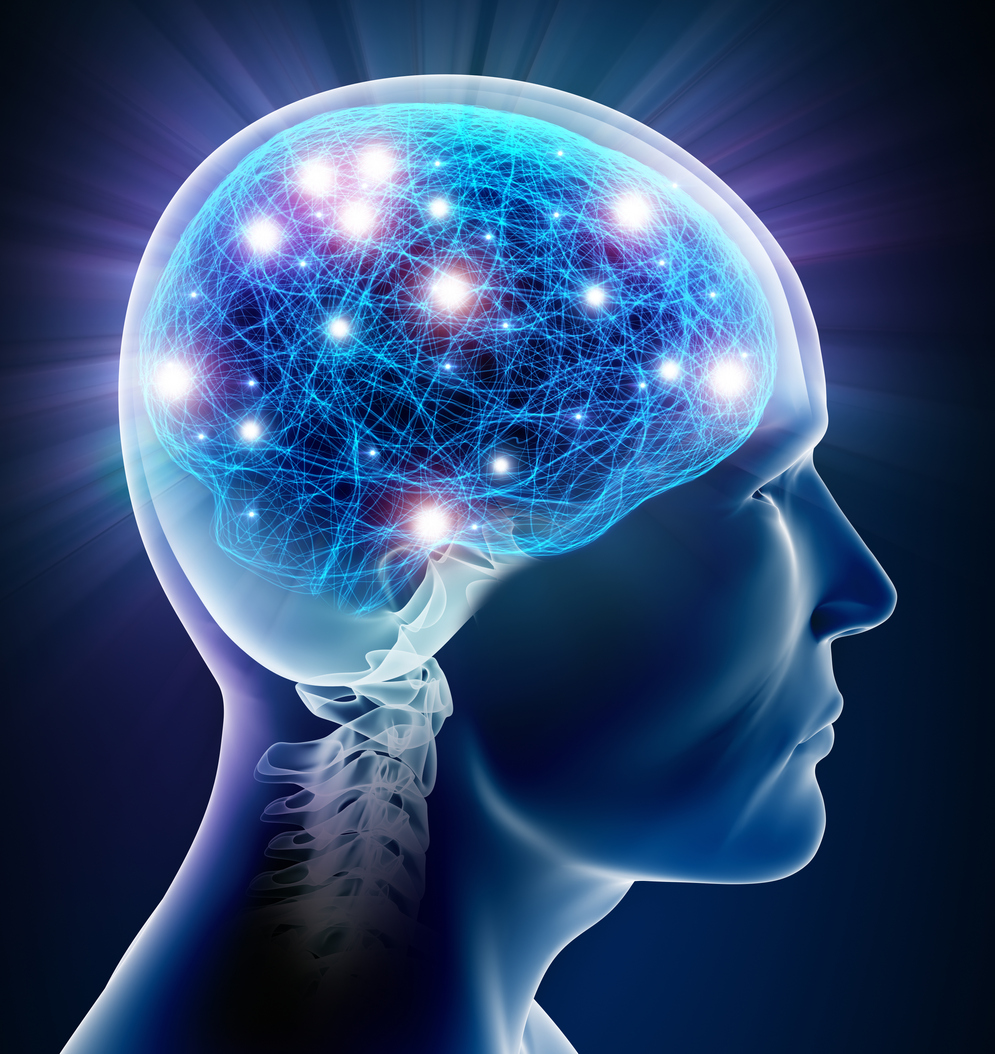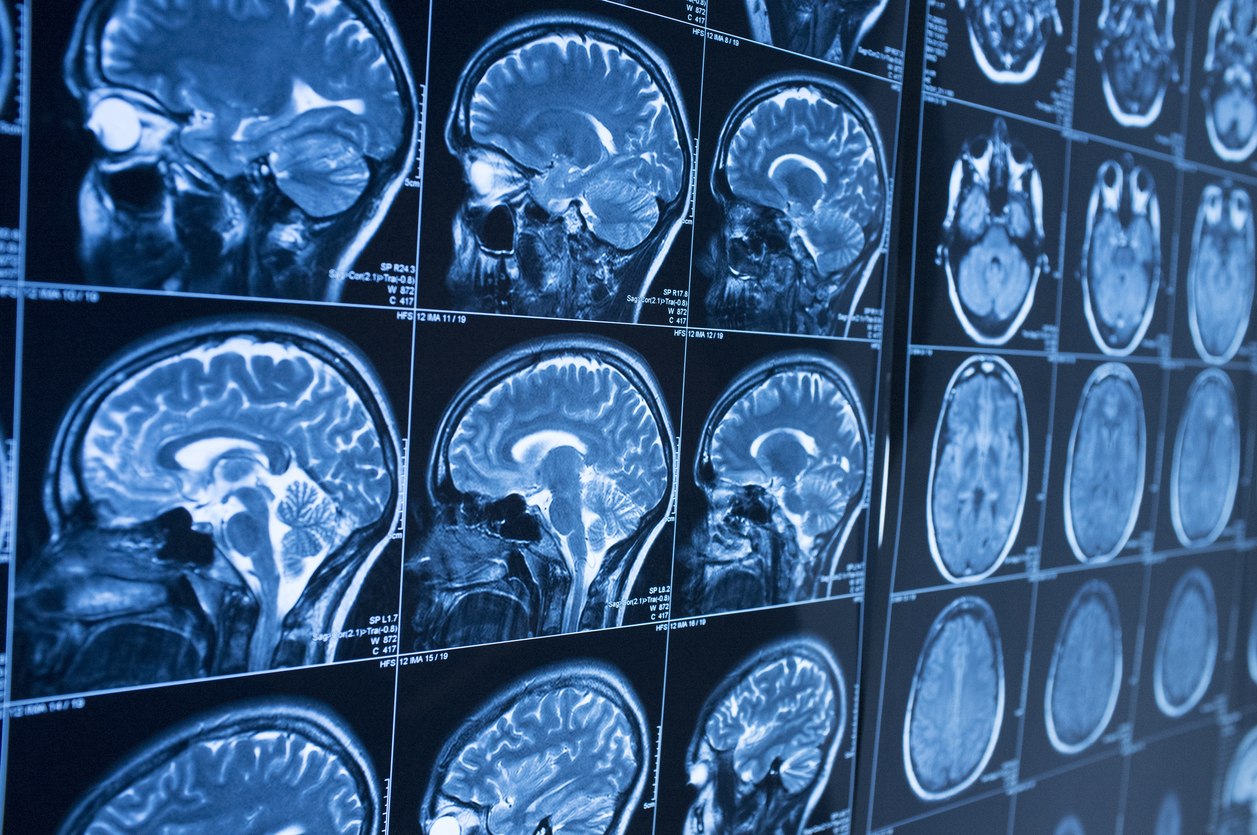Deep Brain Stimulation Shows Promise for People with Severe Depression
A new study finds potentially long-lasting benefits of deep brain stimulation (DBS) for people who have not responded to other treatments for severe depression.
 DBS is commonly used to treat Parkinson’s disease and it is also approved to treat epilepsy, essential tremor (a neurological disorder that causes shaking), dystonia (a movement disorder) and obsessive-compulsive disorder. It is being studied to treat other conditions, including treatment-resistant depression.
DBS is commonly used to treat Parkinson’s disease and it is also approved to treat epilepsy, essential tremor (a neurological disorder that causes shaking), dystonia (a movement disorder) and obsessive-compulsive disorder. It is being studied to treat other conditions, including treatment-resistant depression.
DBS involves surgery to implant electrodes in specific areas of the brain. The electrodes are connected by a wire (under the skin) to a device, a neurostimulator, that is implanted under the skin near the collar bone. The device sends electrical signals to the specific areas of the brain, blocking the impulses that cause problems.
Depression is one of the most common mental health disorders and an estimated one-third of people with major depression do not experience improved symptoms after trying two or more antidepressants.
The new research published in The American Journal of Psychiatry finds that after DBS treatment most people in the small study experienced improvements and maintained those improvements over time. It is particularly important that the treatment provides long-term maintenance to prevent a relapse, the study authors note.
Study lead Andrea Crowell, M.D., of Emory University School of Medicine, and colleagues analyzed long-term follow-up data from 28 patients aged 27 to 65 who underwent DBS surgery. Study participants had been diagnosed with major depression or bipolar II disorder. All were in a depressive episode lasting at least a year and had not responded to at least four antidepressant medications, psychotherapy and electroconvulsive therapy (ECT).
 Two years after their DBS treatment, the average depression scores of the patients dropped by more than half and remained steady over the remaining years. About one-third of the participants experienced a full remission of symptoms, while half reported a reduction in symptoms. The average level of functioning improved significantly by two years and was maintained.
Two years after their DBS treatment, the average depression scores of the patients dropped by more than half and remained steady over the remaining years. About one-third of the participants experienced a full remission of symptoms, while half reported a reduction in symptoms. The average level of functioning improved significantly by two years and was maintained.
“For people suffering from inescapable depression, the possibility that DBS can lead to significant and sustained improvement in depressive symptoms over several years will be welcome news.” Crowell, said in a press statement,
DBS is one of several brain stimulation therapies that are used to help people with severe depression when medication and therapy haven’t worked. Other treatments include electroconvulsive therapy (ECT) and repetitive transcranial magnetic stimulation (rTMS).
ECT involves a brief electrical stimulation of the brain while the patient is under anesthesia. It is typically administered by a team of trained medical professionals that include a psychiatrist, an anesthesiologist, and a nurse or physician assistant. A patient typically receives ECT two or three times a week for a total of six to 12 treatments. See more on ECT.
rTMS is a treatment that uses magnetic pulses to stimulate specific areas of the brain affected by depression. An electromagnetic coil is placed on the scalp and short magnetic pulses are administered through the coil. This simulates nerve cells in the targeted part of the brain. rTMS has been approved by the Food and Drug Administration for use in people with major depression.
References
- Crowell, et al . 2019. Long-Term Outcomes of Subcallosal Cingulate Deep Brain Stimulation for Treatment-Resistant Depression. AJP in Advance.
- Offord, C. Deep Brain Stimulation Improves Depression Symptoms: Study. The Scientist. Oct. 7, 2019.
- American Association of Neurological Surgeons. Deep Brain Stimulation.
- National Institute of Mental Health. Brain Stimulation Therapies.
